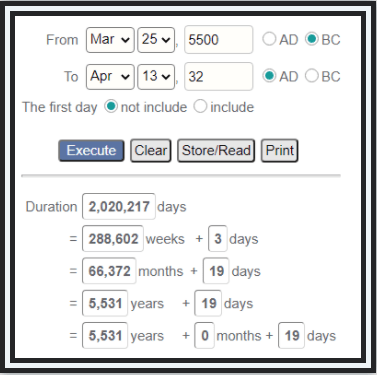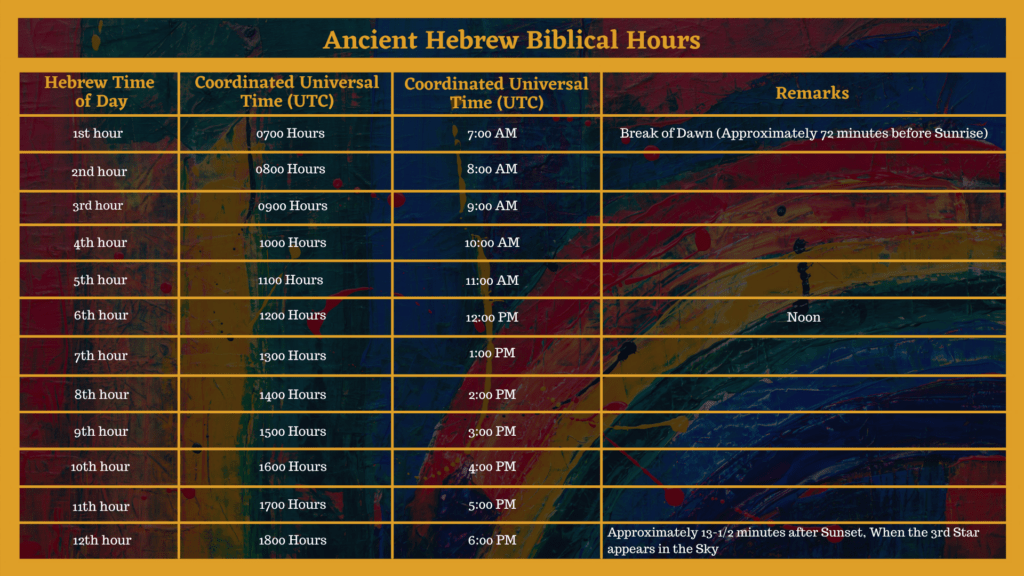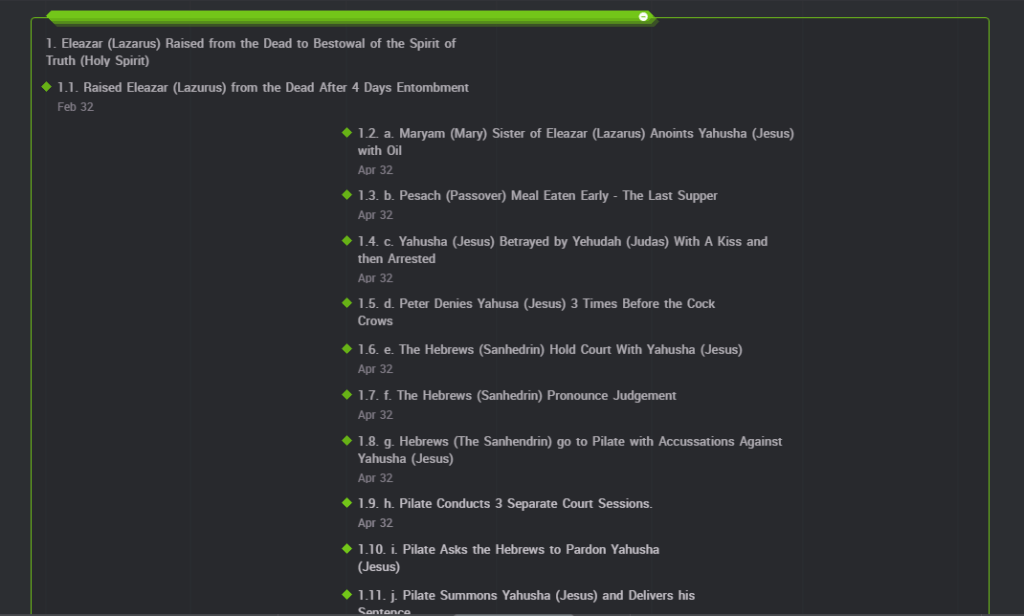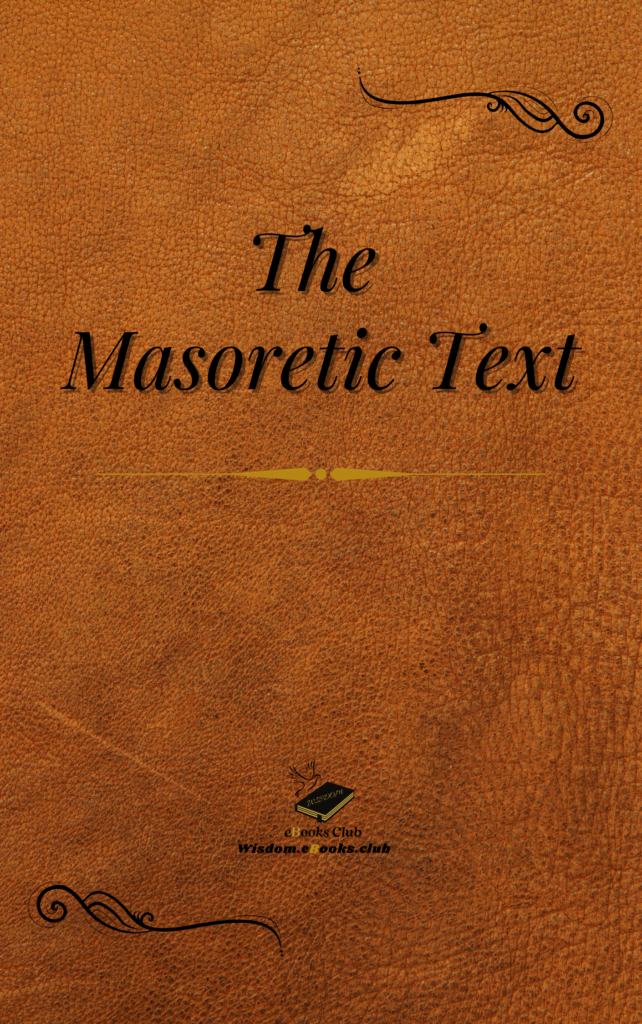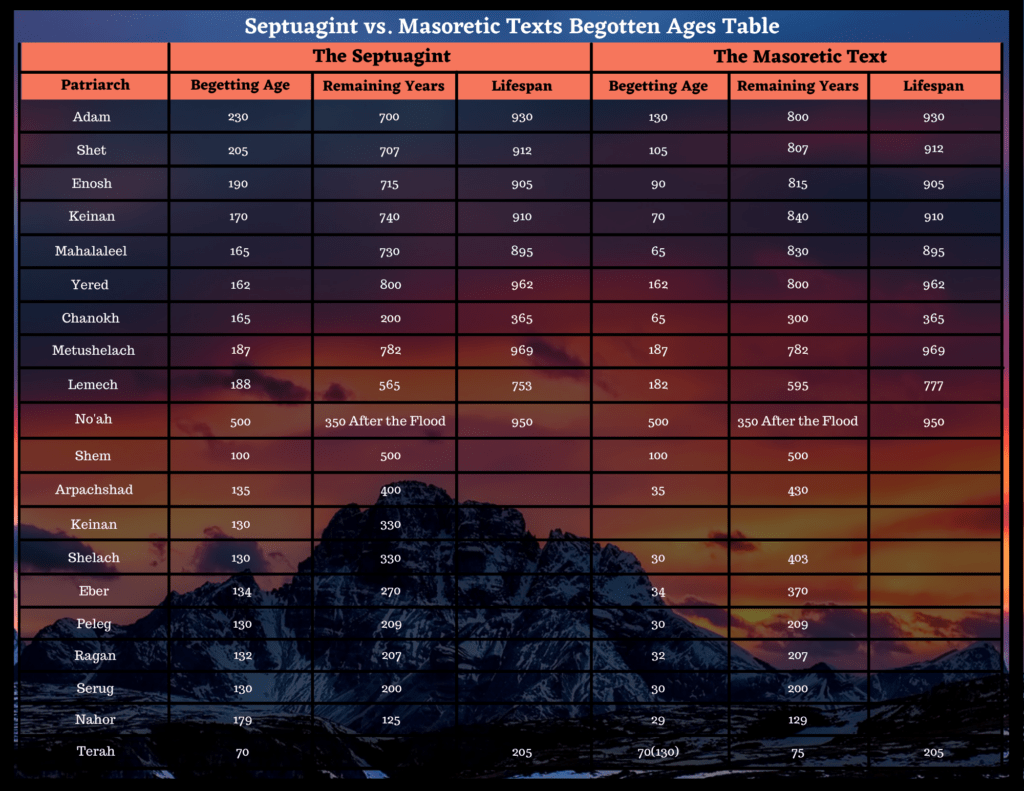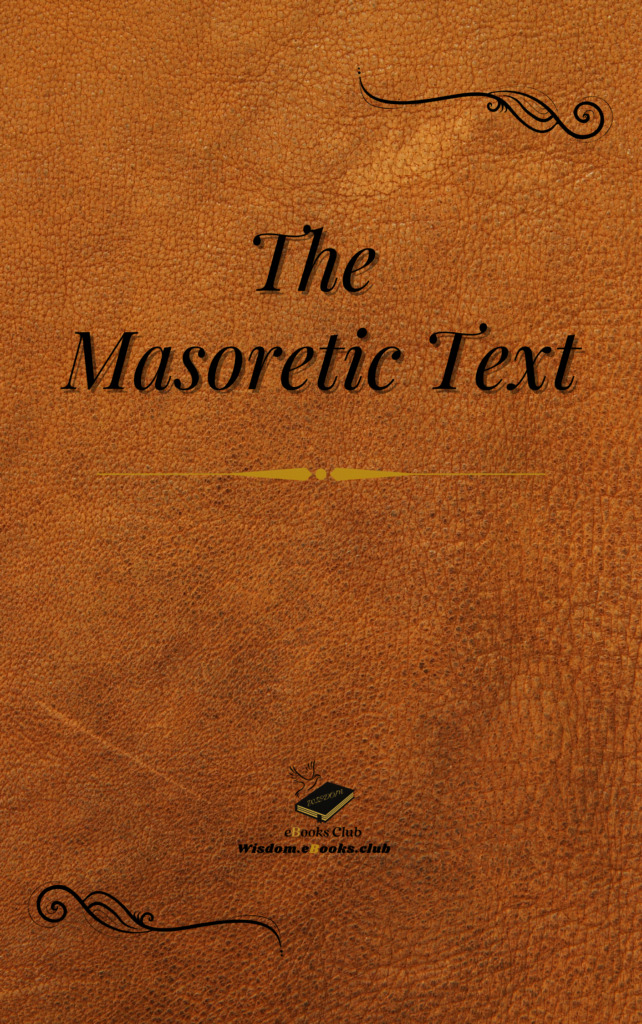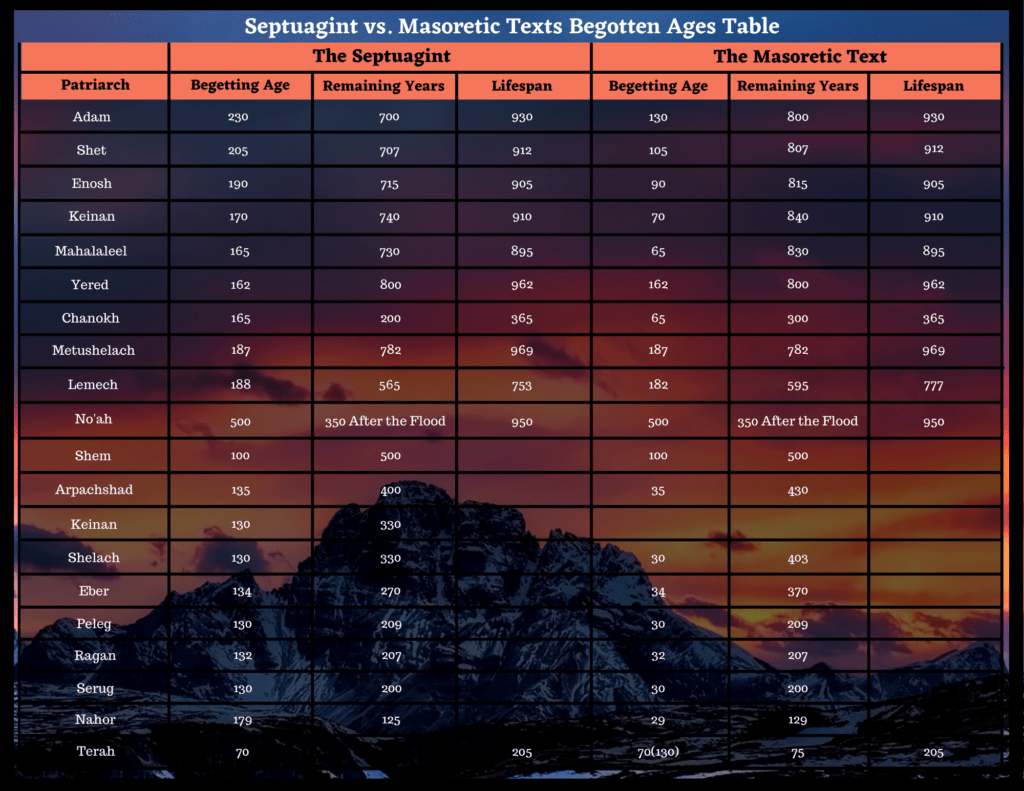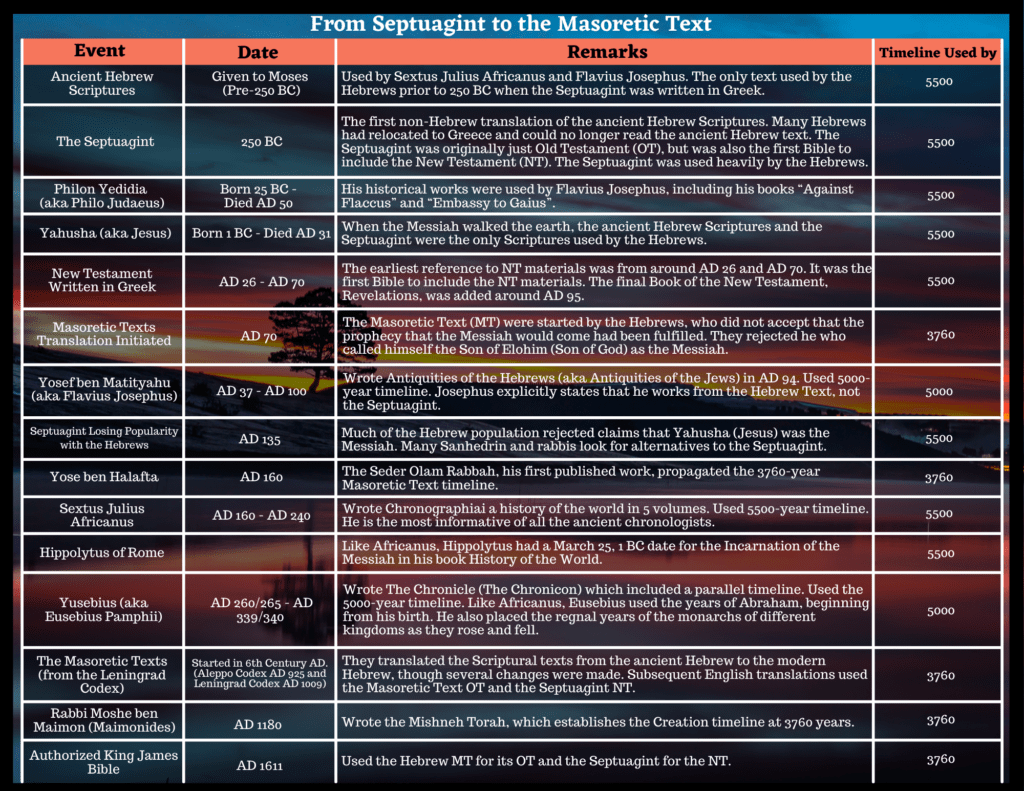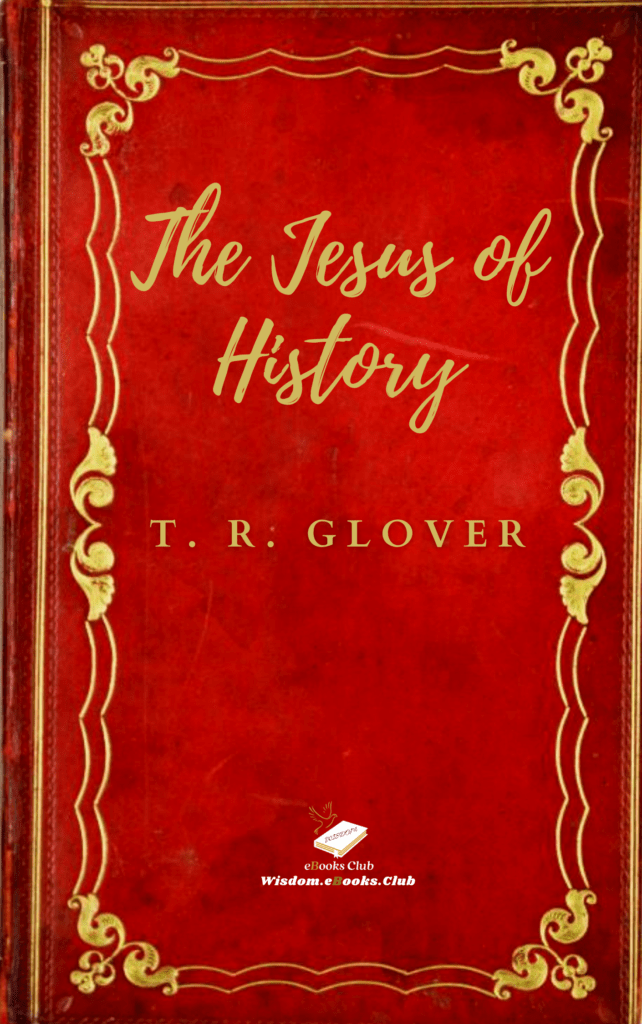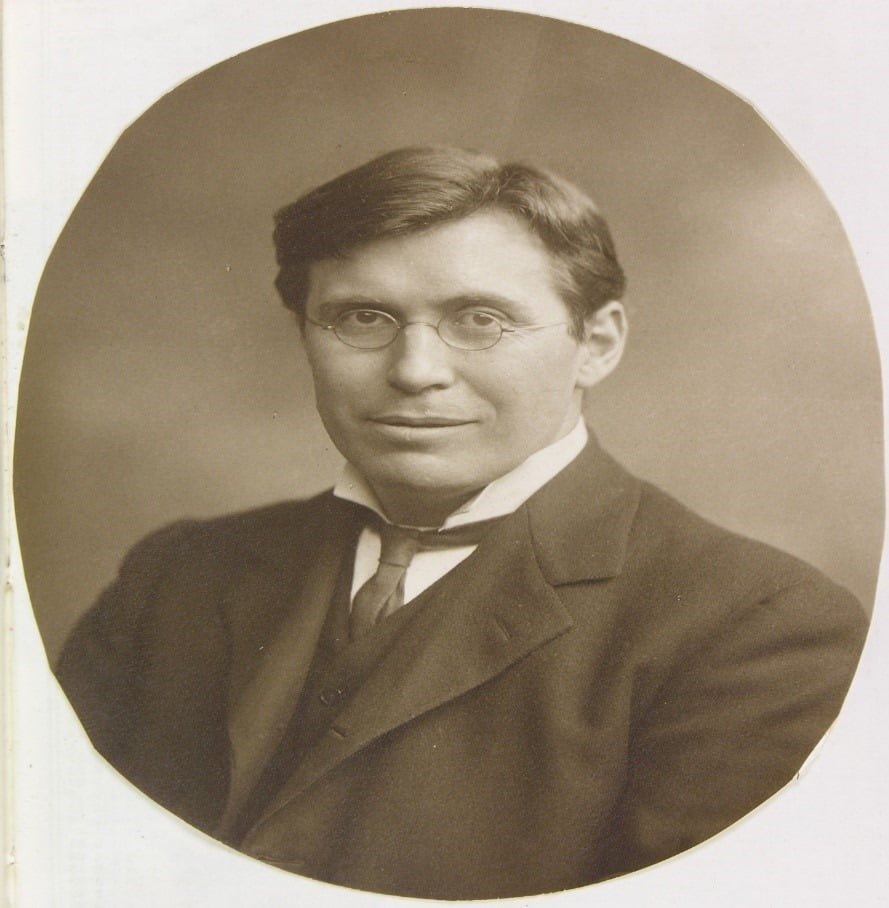Yahusha’s (Jesus’) Chronology
Yahusha’s (Jesus’) Chronology
The Incarnation to Young Adult Years

The Incarnation
Africanus calculated the period between Adam’s Creation and Yahusha’s (Jesus’) Incarnation at 5500 years, putting it on the first day of Hebrew Year 5501 (March 25, 1 AD). According to Africanus both the Creation and the Incarnation’ occurred on March 25th, exactly 5500 years to the day apart.
Maryam (Mary) Mother of Yahusha (Jesus) – Summary Timeline
Yahusha’s (Jesus’) mother, Maryam (Mary), was raised in the Temple for 11 years, from age 3 to age 14. Upon leaving Temple, she returned home to Galilee and was betrothed to Yosef (Joseph). During the betrothal period, Yosef left Galilee to resume his work as a carpenter. Upon his return to Galilee for the wedding, he finds Maryam pregnant and wanted to forgo the marriage. An angel comes to him and tells him that Maryam’s pregnancy was the work of the Holy Spirit, that she was still a virgin, and to proceed with the marriage. Maryam was 14 years old at the time of the Incarnation.

The Birth Date
In ancient times, they based the pregnancy duration on a week’s count, with the perfect human pregnancy duration being 40 weeks, 280 days long. This differs from saying a pregnancy period equals 9 new moon cycles (lunar months), which comes out 266 days. Counting 280 days after March 25th puts Yahusha’s (Jesus’) birth date on December 29th, 1 AD.
This table counts the 280 days of a pregnancy with a first day start on March 25th.
Yahusha’s (Jesus’) Birth Date Table

While traveling from Galilee to her new home with Yosef, Maryam had birth pains which forced them to stop in a cave about 3 miles from the city of Bethlehem. A bright cloud of light overshadowed the cave, then the glorious light gradually decreased until the infant was born. The midwife declares she has witnessed a miracle. That a virgin had given birth. Angels, shepherds and wise men all celebrated the birth, and all who touched the infant were miraculously healed.
The Early Years
Shortly after Yosef and Maryam presented the infant at the Temple on the 40th day after his birth, an angel came to Yosef and told him that Herod still sought to kill the infant “King of the Hebrews” and to leave Jerusalem in haste and go to Egypt.
While traveling to Egypt, Yosef and his family had to pass through a band of thieves. One thief wanted to kill them and the other thief paid him to spare their lives. The infant prophesies both thieves would be with him again in 30 years when he is crucified.
The child performs many miracles and heals many people during his 3 years in Egypt. After Herod’s death, an angel comes to Yosef and tells him to leave Egypt. But not to go to Jerusalem because King Herod’s son was the ruler there. Instead, he should take his family to the city of Nazareth and abide there.
As a young child in Nazareth, Yahusha (Jesus) worked many miracles. When Yehudah (Judas Iscariot) was possessed by Satan, his mother brought him to Yahusha (Jesus) to be cured. When Satan acted on Yehuda, he struck Yahusha (Jesus) on his side, in the same spot where the Roman soldier would pierce him at the crucifixion. He commanded the viper that bit his playmate, “Simon the Canaanite,” to suck out the poison. Simon later became one of the 12 Apostles. He healed his brother (Ya’aqov) James after a viper bit him, and was near to death.
The Adolescence and Adult Years
Yahusha (Jesus) went to the Temple for his first Pesach (Passover) Festival at 12 years old. His mother and father returned home with different groups and inadvertently left him behind. They returned to the Temple 3 days later and find him conversing with doctors, elders and other learned men about astronomy, physics and metaphysics. He revealed to them the hidden mysteries in the Books of the Prophets and other things that the mind of no man had ever reached. Upon finding him, his mother, Maryam, explained they had gone through great pains in seeking him. To which he replied, “Why did you seek me? Did you not know that I ought to be about my father’s business.”?
Yosef dies in a construction work accident when Yahusha (Jesus) was around 14 or 15 years of age. He begins to conceal his miracles during this period and spends most of his time working to support the family and studying the Scriptures. He began speaking at the Temple at age 15 and formulated the Prayer to Yahuah (The Lord’s Prayer) around that age. He traveled considerably as a young adult, both teaching the Scriptures and working.
Yahusha’s (Jesus’) Early Childhood – Young Adult Years Timeline
His cousin Yohanan (John the Baptist) baptized him in the Yarden (Jordan) River in the 15th year of the reign of Tiberius Caesar, around 29 AD. He spends the next 40 days after his baptism alone in the wilderness. Upon his return from the wilderness, he selects and trains his Disciples. The Disciples had to train for 1-year before they could teach the Scriptures publicly.

To see more information about this topic or other religious topics, you may check the books and magazines available at www.wisdomebooksclub.com or visit our peals of wisdom page page by clicking on this link to access more interesting blog articles, games, quizzes, music videos, religious poems, Jewish recipes, popular sermons, and more.



